HIV PrEP drugs, also known as pre-exposure prophylaxis, are a groundbreaking advancement in HIV prevention. These medications are crucial in reducing the risk of HIV transmission, especially among individuals at a higher risk of contracting the virus. By understanding the concept of HIV PrEP drugs and their significance, we can pave the way for a safer and healthier future.
HIV PrEP drugs are a powerful shield against HIV infection, protecting those vulnerable. Pre-exposure prophylaxis involves using antiretroviral drugs by individuals who do not have HIV but are at substantial risk of acquiring it. When taken consistently, these medications can significantly lower the chances of HIV transmission, offering a new layer of defense in the battle against the virus.
The significance of HIV PrEP drugs is of utmost importance, especially in areas with a high HIV prevalence or among key populations with heightened risk factors, such as MSM (men who have sex with men), sex workers, and individuals in serodiscordant relationships. Additionally, HIV PrEP has proven to be a game-changer in preventing mother-to-child transmission during pregnancy and breastfeeding.
The World Health Organization (WHO) has recognized the significance of HIV PrEP and has issued guidelines supporting its use in combination with other prevention strategies. Embracing pre-exposure prophylaxis as part of a comprehensive HIV prevention approach can make significant strides toward achieving global targets to end the HIV epidemic.
Contents
The Different Types of HIV PrEP Drugs Available in the Market
In the quest to combat HIV transmission, various HIV prevention medications have emerged, each with its unique formulation and mode of action. Among the most prominent options are Truvada, Descovy, TAF-based PrEP drugs, and FTC-based PrEP drugs.
1. Truvada:
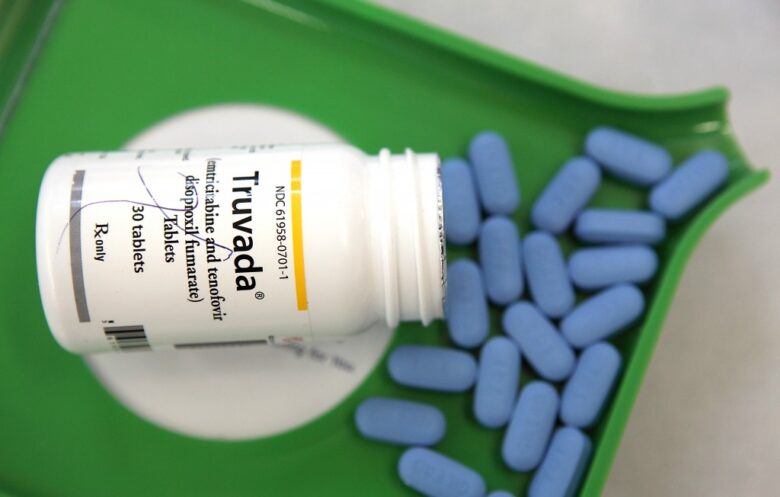
Source: pbs.org
It is a combination of tenofovir and emtricitabine, a pioneering drug in HIV PrEP. Truvada has shown impressive efficacy in lowering the risk of HIV infection through its interference with the virus’s replication within the body’s cells, provided it is taken consistently.
Truvada’s benefits extend beyond its efficacy in preventing HIV transmission. The medication offers a convenient oral formulation, making it user-friendly and more likely to be adhered to consistently. As a result, Truvada has become a go-to choice for pre-exposure prophylaxis among various high-risk groups, including men who have sex with men (MSM) and serodiscordant couples.
However, like any medication, Truvada does come with potential side effects. During the initial period of use, some individuals may experience mild gastrointestinal discomfort, which usually subsides over time. Additionally, in rare cases, Truvada can cause minor decreases in kidney function. However, regular check-ups and monitoring can mitigate this risk, and the benefits of HIV prevention often far outweigh these potential side effects.
Stay tuned for the next section, where we delve into Descovy, TAF-based PrEP drugs, and FTC-based PrEP drugs, exploring their benefits and potential side effects in the context of HIV prevention. Gaining insights into the distinct characteristics of each medication enables individuals and healthcare providers to make well-informed choices regarding the most appropriate HIV PrEP drug based on each individual’s specific needs and circumstances.
2. Descovy:
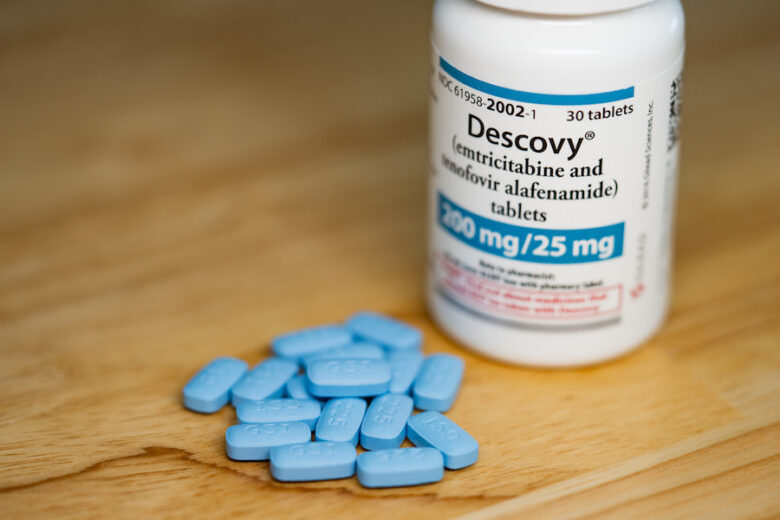
Source: thebody.com
Similar to Truvada, Descovy is a combination drug for HIV PrEP. It contains tenofovir alafenamide (TAF) and emtricitabine, making it a potent antiretroviral medication. Descovy offers an alternative to Truvada, and its formulation aims to improve certain aspects of drug safety.
Demonstrated effectiveness in preventing HIV transmission, particularly among cisgender men and transgender women.
Improved bone and kidney safety profile compared to Truvada may benefit individuals with specific health concerns.
Descovy’s enhanced safety profile makes it a valuable option for those who may have experienced minor kidney or bone issues while on Truvada. Furthermore, the medication has demonstrated encouraging outcomes in consistently decreasing the risk of HIV infection. Like Truvada, individuals might encounter mild gastrointestinal discomfort during the initial usage period.
Allergic reactions to Descovy are rare but may occur in some cases.
3. TAF-based PrEP drugs:
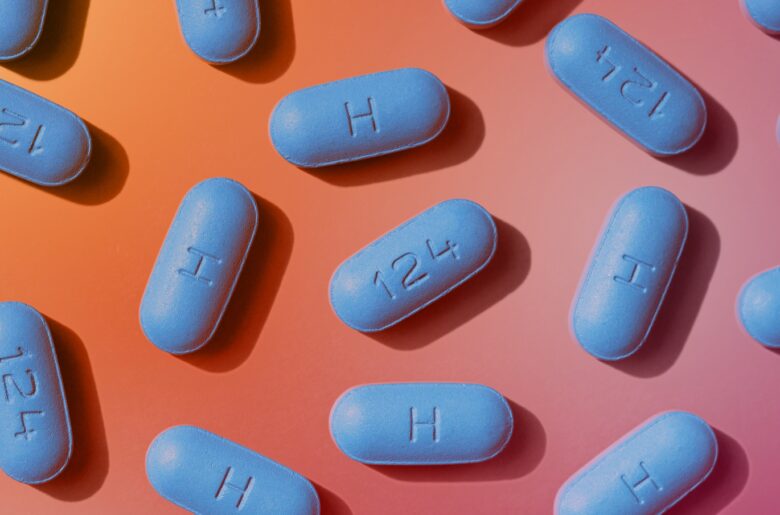
Source: thebodypro.com
TAF-based PrEP drugs exclusively use tenofovir alafenamide as the active component. These medications have been developed to provide similar protection against HIV while potentially reducing specific side effects associated with tenofovir-based drugs.
Offers a more favorable safety profile regarding kidney and bone health compared to other HIV PrEP drugs.
Demonstrated effectiveness in preventing HIV transmission when taken as prescribed.
TAF-based PrEP drugs have emerged as a viable option for individuals seeking PrEP medication, focusing on improved kidney and bone safety. While they share similarities with other tenofovir-containing medicines in terms of efficacy, their specialized formulation may suit some individuals better.
TAF-based PrEP drugs are generally well-tolerated, and severe side effects are uncommon.
Mild gastrointestinal issues are possible during initial use.
4. FTC-based PrEP drugs:
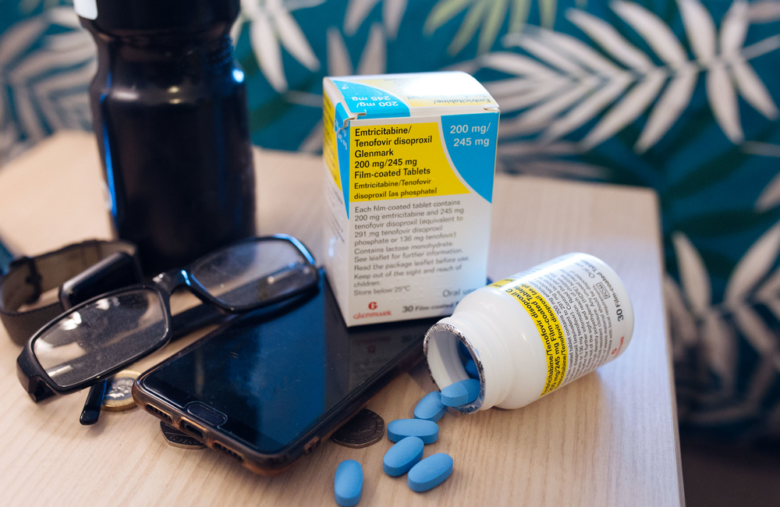
Source: aidsmap.com
This class of PrEP drugs centers on emtricitabine (FTC) as the primary component. FTC-based PrEP drugs offer a choice for individuals who cannot tolerate or have contraindications to TAF or tenofovir.
The demonstrated effectiveness in consistently reducing the risk of HIV infection.
It may be a suitable alternative for individuals who cannot use TAF or tenofovir-based medications.
FTC-based PrEP drugs provide a valuable option for individuals needing an alternative to tenofovir-containing drugs. They have effectively prevented HIV transmission and are considered an essential addition to the array of PrEP choices available.
Mild gastrointestinal discomfort during initial use is possible, as with other HIV PrEP drugs.
Adverse reactions to FTC are rare but can happen.
Comprehending the advantages and possible side effects associated with each category of HIV PrEP drug allows individuals and healthcare providers to select the most suitable medication according to individual requirements and medical considerations. The availability of multiple options enhances the accessibility and efficacy of HIV prevention efforts across diverse populations.
Who Should Consider Taking HIV PrEP Drugs?
As HIV PrEP drugs continue to gain recognition as a potent tool in HIV prevention, it is essential to identify the individuals who can benefit the most from this form of pre-exposure prophylaxis. While the specific eligibility criteria may vary based on regional guidelines and healthcare recommendations, some common groups that should consider taking HIV PrEP drugs include:
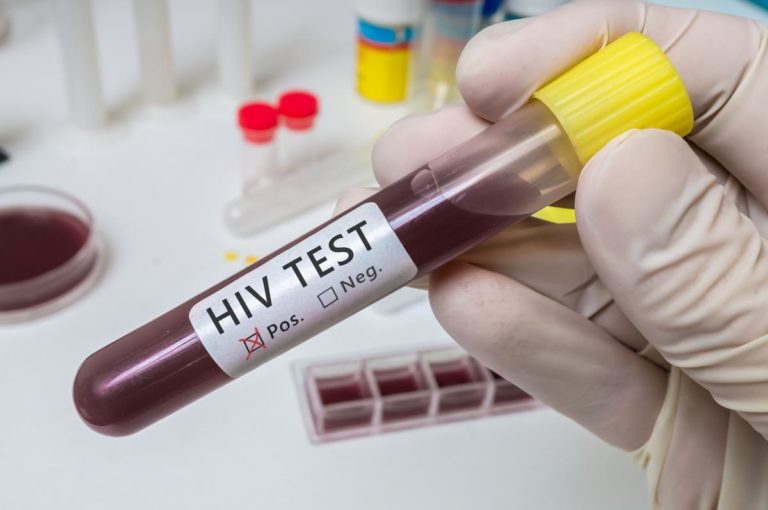
Source: pma.com
Candidates for HIV Prevention Medication:
Individuals who engage in behaviors that put them at a heightened risk of HIV transmission should seriously consider using PrEP. Such behaviors may include having unprotected sexual intercourse with multiple partners, sharing injection drug equipment, or engaging in high-risk sexual activities.
-
High-Risk Individuals
People belonging to critical populations with a higher prevalence of HIV, such as MSM, sex workers, transgender individuals, and people with sexual partners living with HIV, are often considered high-risk and may benefit significantly from HIV PrEP.
-
MSM Community
HIV disproportionately impacts men who engage in sexual activity with other men. HIV PrEP can provide additional protection for MSM who engage in sexual activities with partners of unknown HIV status or those living with HIV.
-
Serodiscordant Couples
Couples with one HIV-positive partner and the other HIV-negative can significantly benefit from PrEP. By protecting the HIV-negative partner, PrEP offers serodiscordant couples the opportunity to have a fulfilling, intimate relationship without fear of HIV transmission.
Individuals at High Risk of Mother-to-Child Transmission: Pregnant women living with HIV or in serodiscordant relationships should discuss HIV PrEP with their healthcare providers to minimize the risk of transmitting it to their infants during pregnancy and breastfeeding.
Identifying and reaching out to these high-risk groups is critical in the fight against HIV. By tailoring HIV prevention efforts to cater to the specific needs of these populations, healthcare providers and public health organizations can make significant strides in reducing new HIV infections.

Source: umontreal
The Process of Obtaining and Using HIV PrEP Drugs Safely and Effectively
Obtaining and using HIV PrEP drugs safely and effectively involves a series of essential steps to ensure optimal protection and overall health:
-
HIV Prevention Prescription Process
The journey begins with seeking guidance from a healthcare provider experienced in HIV prevention and treatment. Throughout the consultation, the healthcare provider will evaluate the individual’s risk factors, medical background, and present health condition to ascertain the suitability of HIV PrEP.
-
Healthcare Provider Consultation
Maintaining open communication with the healthcare provider is crucial during the PrEP journey. Discussions may include information about HIV PrEP drug options, potential side effects, adherence strategies, and regular testing requirements.
-
Adherence to Medication Regimen
Consistency is critical when it comes to HIV PrEP. Taking the medication as prescribed dramatically enhances its effectiveness. Skipping doses or irregular use may reduce the level of protection against HIV.
-
Regular Testing Requirements for Users of HIV PrEP Drugs:
Common HIV and STI testing is integral to HIV PrEP usage. Healthcare providers will conduct routine screenings to monitor the individual’s HIV status and overall health. Additionally, these tests help identify any potential HIV breakthrough infections or new STIs that may require treatment.
By following these steps, individuals can ensure they are using HIV PrEP safely and effectively, maximizing its potential to prevent HIV transmission. Continuous engagement with healthcare providers and adherence to the prescribed regimen contribute to successful PrEP experiences.

Source: twitter.com
Frequently Asked Questions
To address common concerns and misconceptions surrounding HIV PrEP drugs, we turn to the insights of experts in the field of HIV prevention:
How Effective Are HIV PrEP Drugs in Preventing HIV Transmission?
HIV PrEP drugs have demonstrated high efficacy in preventing HIV transmission when taken consistently. Studies have shown that adherent individuals can reduce their risk of contracting HIV by over 90%.
What Are the Common Side Effects of HIV PrEP Drugs?
Common side effects of HIV PrEP drugs include mild gastrointestinal discomfort during the initial use phase. However, these side effects often subside over time, and severe adverse reactions are rare.
Can I Stop Using Condoms if I’m on HIV PrEP?
While HIV PrEP provides substantial defense against HIV, it does not offer protection against other sexually transmitted infections (STIs). It is essential to continue using condoms to reduce the risk of STIs.
How Often Should I Get Tested for HIV and STIs While on PrEP?
Regular HIV and STI testing is a crucial part of HIV PrEP usage. Healthcare providers typically recommend HIV testing every three months and STI testing at least once a year.
Conclusion:
HIV PrEP drugs have emerged as a game-changer in the global effort to prevent new HIV infections. Understanding the significance of pre-exposure prophylaxis and recognizing the diverse groups who can benefit from it are essential steps in curbing the HIV epidemic.
By exploring the various types of HIV PrEP drugs available, individuals and healthcare providers can make informed decisions about the most suitable medication for each person’s unique needs. The availability of multiple options enhances accessibility and ensures that HIV PrEP can be tailored to the requirements of different populations.
Through careful adherence to the prescribed regimen and ongoing collaboration with healthcare providers, individuals can harness the full potential of HIV PrEP in safeguarding their health and well-being. By empowering individuals with adequate protection against HIV transmission, we move closer to a future free from the burden of HIV/AIDS.
